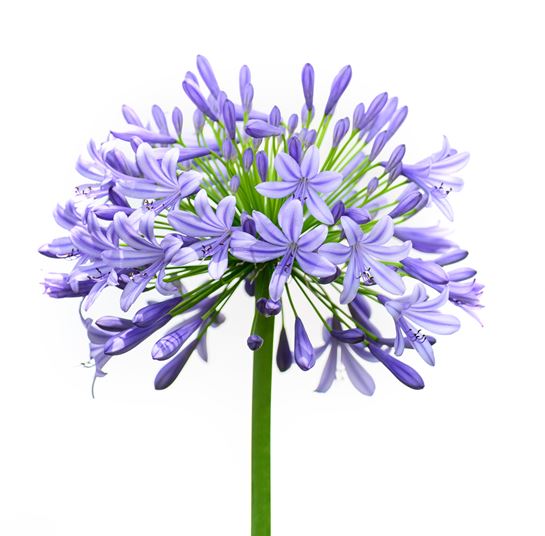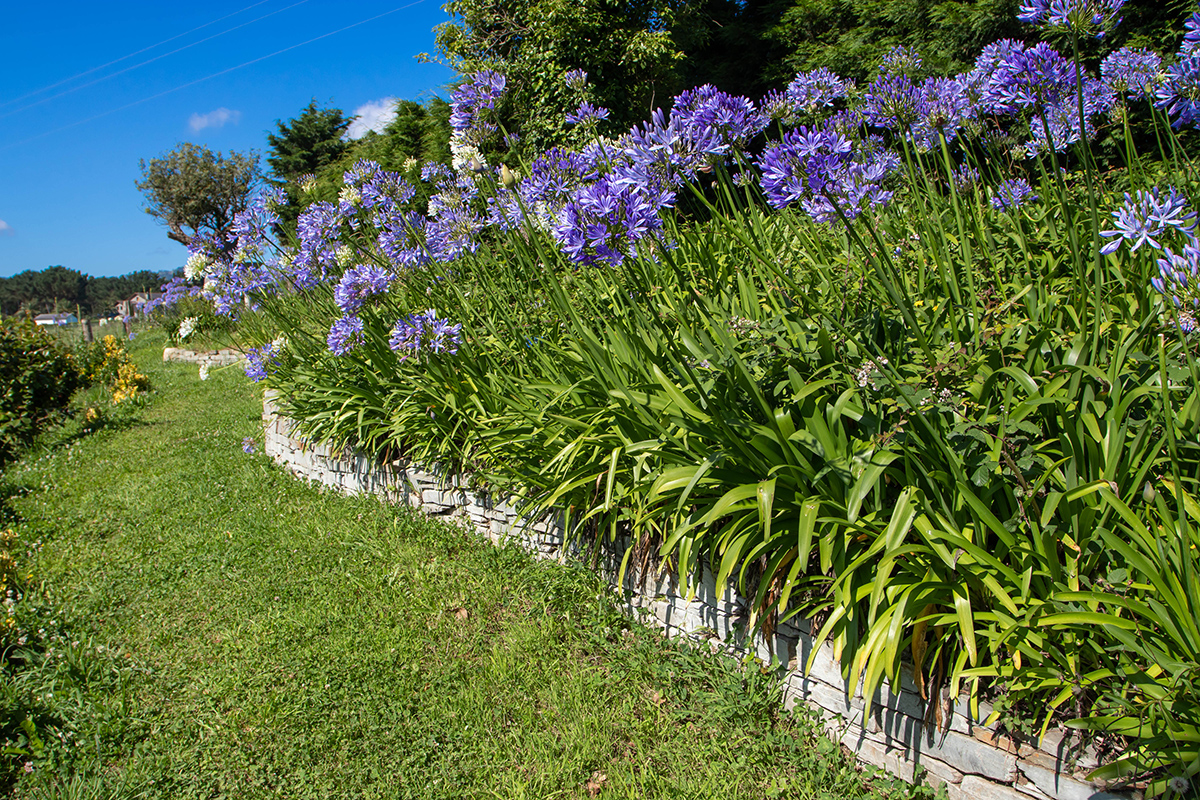Agapanthus Expanding Problems: Dirt, Sunlight, and Watering
Agapanthus Expanding Problems: Dirt, Sunlight, and Watering
Blog Article
Mastering the Art of Agapanthus Treatment: Necessary Actions for Healthy Growth and Lively Blossoms
In the world of horticulture, the farming of agapanthus stands as a gratifying endeavor for those that seek to nurture these classy blooming plants. From picking the ideal variety to grasping pruning strategies, the trip towards growing thriving agapanthus plants is diverse and holds the essential to unlocking the complete possibility of these agricultural treasures.

Picking the Right Agapanthus Range

When selecting the right Agapanthus variety for your yard, take into consideration factors such as environment viability, bloom shade, and growth routine. Agapanthus, typically understood as Lily of the Nile or African lily, comes in a variety of colors ranging from shades of blue and purple to white. Pick a bloom color that matches your existing yard palette to produce an unified landscape. Furthermore, consider the environment in your area to make certain the Agapanthus selection you select can thrive in your particular conditions. Some varieties are a lot more tolerant of chilly temperature levels, while others favor warmer climates. Understanding the growth practice of different Agapanthus varieties is important for correct placement within your yard. Some ranges have a clumping development behavior, ideal for borders or containers, while others have a more spreading nature, appropriate for ground cover or mass growings. By meticulously reviewing these factors, you can pick the perfect Agapanthus range to improve the beauty of your garden.
Ideal Growing Problems
Thinking about the optimum ecological requirements is important for successful Agapanthus growing. Agapanthus plants are delicate to chilly temperature levels and must be secured from frost throughout winter season months.
To make sure healthy growth and lively blooms, plant Agapanthus light bulbs at a deepness of about 2-4 inches and space them 8-12 inches apart. Mulching around the base of the plants helps preserve moisture and subdues weed development.
Watering and Feeding Tips
Keeping correct dampness levels and supplying important nutrients are vital elements in the care routine for Agapanthus plants. It is important to strike an equilibrium when it comes to sprinkling Agapanthus. If overwatered, these plants like constantly moist dirt but are prone to root rot. During the expanding period, water deeply as soon as a week, making certain the dirt is well-draining to avoid waterlogging. In hotter climates or during durations of drought, more frequent watering may be essential to keep the soil evenly moist. Nevertheless, minimize watering in the wintertime to protect against waterlogged conditions.
Feeding Agapanthus is vital for advertising healthy growth and respected blossoms. Apply a well balanced plant food, such as a 10-10-10 formula, in the early spring as new growth emerges. By following these watering and feeding suggestions, you can guarantee your Agapanthus plants flourish and create vivid, lasting blossoms.
Trimming Methods for Agapanthus
Pruning Agapanthus plants at the ideal times and with appropriate techniques is crucial for maintaining their health and wellness and advertising optimum development and blooming. The perfect time to trim Agapanthus remains in late winter months or very early spring prior to new development arises. Beginning by getting rid of any kind of yellowing or dead fallen leaves near the base of the plant. Cut them as short as possible without damaging the emerging shoots.
For flowered stems, wait up until the flowers have actually perished and after that cut them back to the base. This not only cleans the plant's look yet additionally encourages the development of brand-new flower buds. Deadheading spent flowers can also redirect the plant's power right into generating even more blossoms rather than setting seeds. However, if you wish to collect seeds for propagation, leave some flowers to dry and mature on the plant.
Bear in mind to utilize clean, sharp tools to make exact cuts and reduce the threat of presenting diseases. Agapanthus. Normal pruning will certainly assist keep your Agapanthus looking neat and healthy and balanced while ensuring an abundant screen of beautiful blossoms
Taking Care Of Common Bugs and Illness
After making certain appropriate pruning strategies for Agapanthus, it is important to address usual bugs and conditions that can affect the health and wellness and vigor of these plants. Agapanthus plants are typically hardy however can still index succumb to certain problems. One usual bug that influences Agapanthus is the Agapanthus gall midget. This small, orange fly lays its eggs in the vegetation, bring about distorted development and flower buds that stop working to open. To combat this parasite, trim and ruin any damaged plant parts and consider using insecticidal soap.
Another typical issue is fungal leaf area, which offers as dark lesions on the leaves. To avoid fungal conditions, make certain excellent air flow around the plants, stay clear of overhanging watering, and get rid of any type of contaminated fallen leaves quickly. In addition, Agapanthus plants can suffer from origin rot if they are planted in inadequately draining soil. To stop this, plant Agapanthus in well-draining soil and stay clear of overwatering. look what i found By being attentive and taking timely activity against pests and diseases, you can assist your Agapanthus plants prosper and produce vibrant flowers.

Final Thought
To conclude, mastering the art of agapanthus care entails picking the appropriate variety, giving excellent growing problems, appropriate watering and fertilizing, appropriate trimming techniques, and addressing usual bugs and illness. By adhering to these necessary steps, you can ensure healthy development and lively flowers for your agapanthus plants. Keep in mind to consistently keep an eye on and maintain your plants to advertise their overall wellness and longevity.
To make certain healthy development and lively blooms, plant Agapanthus light bulbs at a depth of about 2-4 inches and room them 8-12 inches apart. By following these watering and feeding tips, you can ensure your Agapanthus plants prosper and produce lively, long-lasting flowers.
One common bug that influences Agapanthus is the Agapanthus gall midge. Additionally, Agapanthus plants can suffer from root rot if they are grown in inadequately draining dirt. By official website following these necessary steps, you can make sure healthy growth and lively blossoms for your agapanthus plants.
Report this page